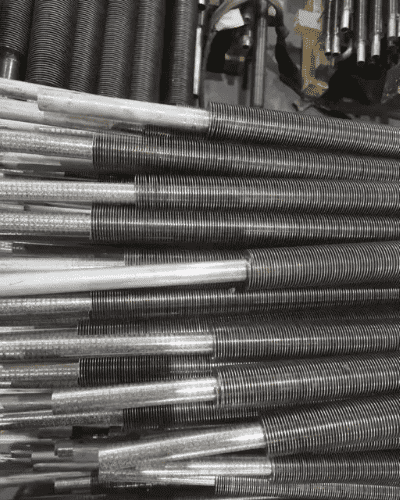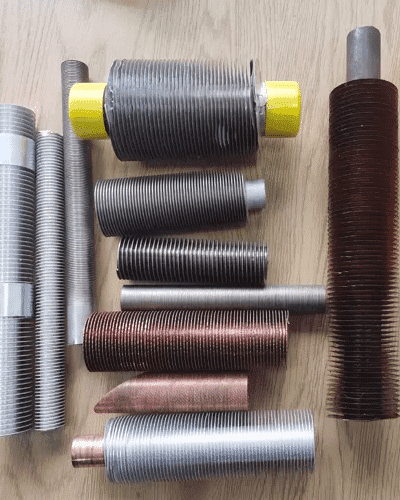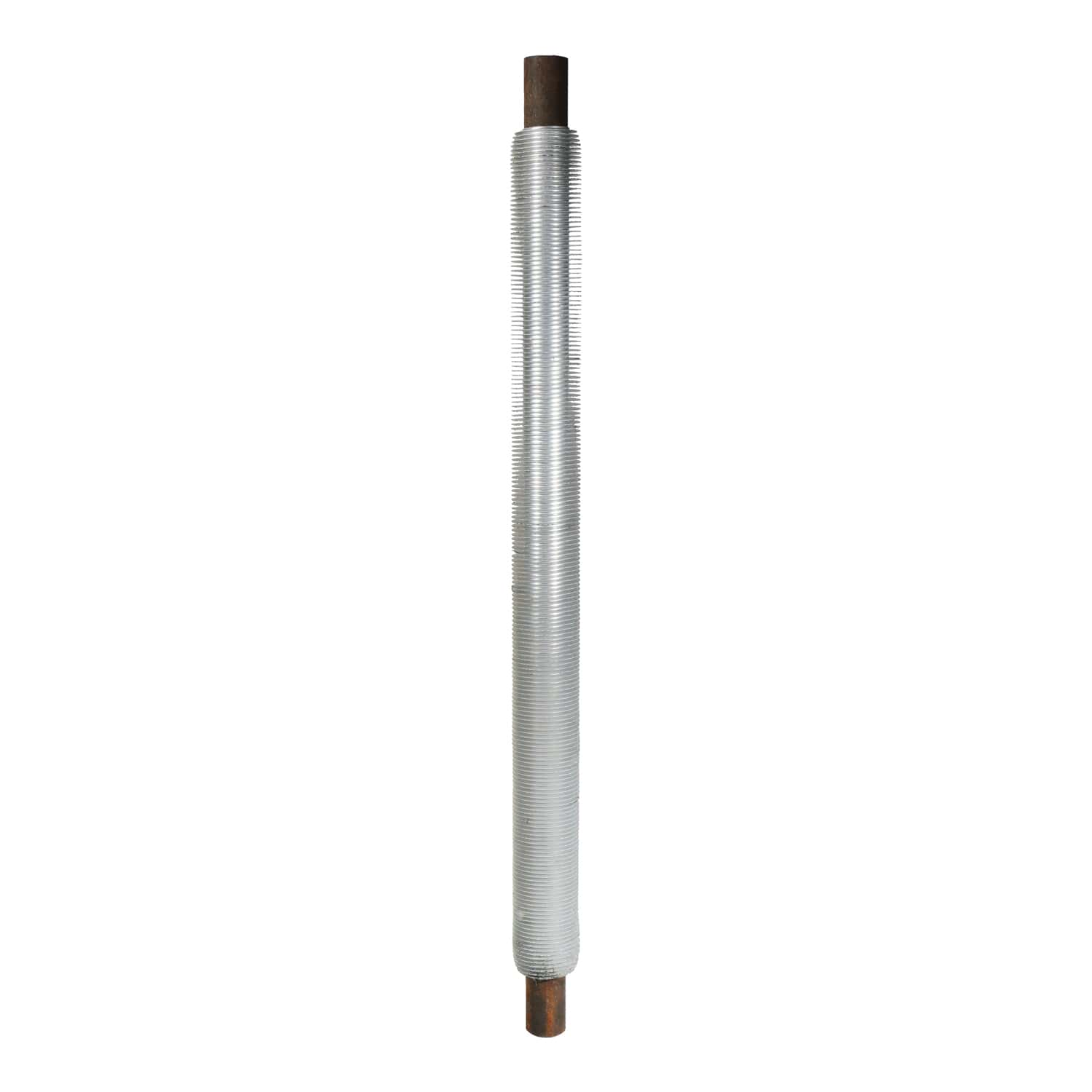Creating high-performance heat exchangers with finned tubes involves several engineering considerations:
- Finned Tube Configuration: Engineers must choose the appropriate fin configuration based on the application’s requirements. This includes selecting fin types (such as plain, serrated, or perforated) and determining their dimensions.
- Fluid Dynamics: An in-depth understanding of fluid flow patterns within the heat exchanger is crucial. Engineers optimize tube spacing and fin density to ensure efficient fluid movement and heat exchange.
- Material Selection: The choice of materials for both the tubes and fins is vital. Compatibility with the fluids being exchanged, corrosion resistance, and thermal conductivity all impact performance.
- Heat Exchanger Geometry: Engineers design the geometry of the heat exchanger, including the arrangement of tubes, fins, and flow paths, to maximize heat transfer while minimizing pressure drop.
- Thermal Analysis: Thorough thermal analysis using computational tools helps predict and optimize heat transfer rates, enabling the creation of high-efficiency heat exchangers.

Applications Across Industries
Finned tubes find applications in diverse industries:
- HVAC Systems: Finned tube heat exchangers are widely used in air conditioning and refrigeration systems to regulate indoor temperatures efficiently.
- Power Generation: They contribute to efficient heat recovery in power plants, increasing overall energy utilization.
- Automotive Industry: Automotive radiators utilize finned tubes to cool engine coolant, ensuring optimal engine performance.
- Chemical Processing: In chemical plants, finned tubes enable precise temperature control during various processes.
- Oil and Gas: Heat exchangers equipped with finned tubes play a crucial role in the extraction and refining of oil and gas.

Future Trends and Innovation
The field of finned tube heat exchangers continues to evolve with technological advancements:
- Nanotechnology: The integration of nanomaterials in fin designs holds the promise of even greater heat transfer efficiency.
- Additive Manufacturing: 3D printing technology enables the creation of intricate and customized fin designs for specific applications.
- Advanced Coatings: Innovative coatings can enhance the corrosion resistance and durability of finned tubes.

Conclusion
Finned tubes represent a powerful tool in the engineer’s arsenal for creating high-performance heat exchangers.
Their ability to amplify heat transfer rates while optimizing energy consumption makes them indispensable in numerous industries.
By carefully considering factors such as fin configuration, fluid dynamics, and material selection, engineers can engineer heat exchangers that deliver exceptional efficiency and performance across various applications.
As technology advances, the role of finned tubes in sustainable heat exchange solutions will only grow, ushering in a new era of energy-efficient processes and systems.
